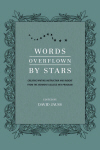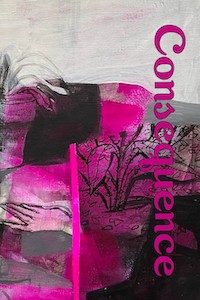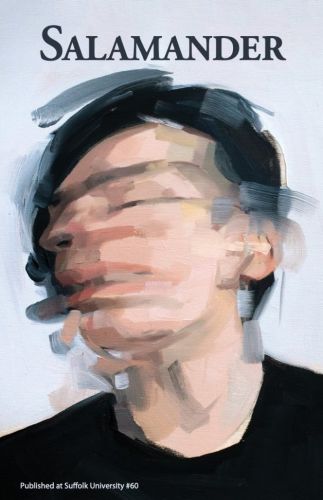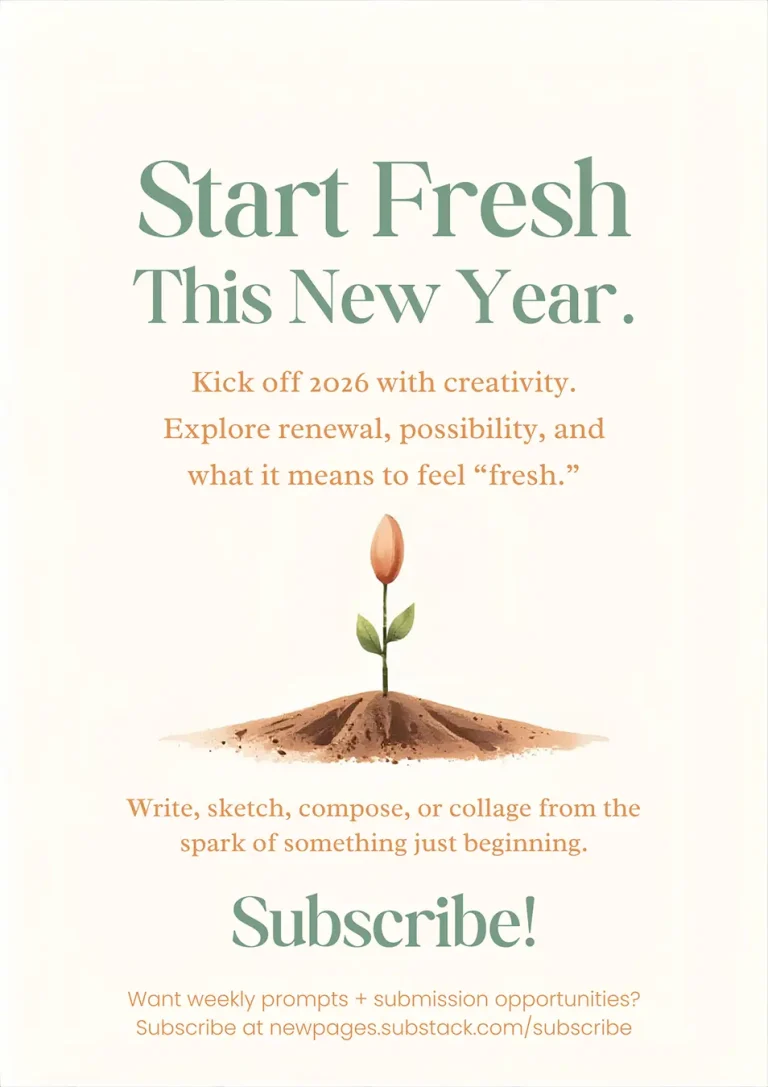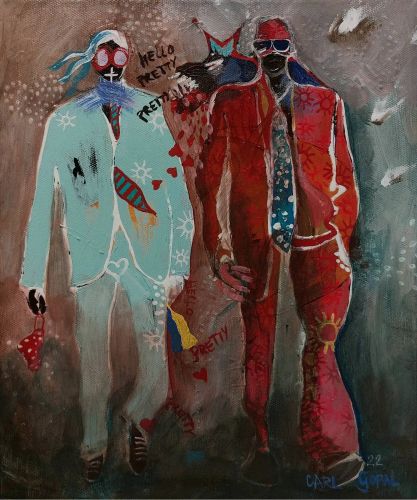Words Overflown by Stars is a mammoth-sized compendium of thirty-two essays on the craft of writing fiction and poetry. At their best, these essays, culled mainly from lectures, are transcriptions of teachers compassionately addressing their students, inviting them to dig beneath the surface of language, to sharpen all of their senses as they write and read, to cross boundaries, to challenge their comfort zones, to write and rewrite and rewrite again.
Words Overflown by Stars is a mammoth-sized compendium of thirty-two essays on the craft of writing fiction and poetry. At their best, these essays, culled mainly from lectures, are transcriptions of teachers compassionately addressing their students, inviting them to dig beneath the surface of language, to sharpen all of their senses as they write and read, to cross boundaries, to challenge their comfort zones, to write and rewrite and rewrite again.
It’s divided equally into two sections: prose and poetry. Considering that any serious writer recognizes the fuzzy borders between the two, the book’s overall feel would have been better had the essays been ordered in some unique way – taking the reader on some kind of journey – or simply alphabetically. Prose is often privileged over poetry and I wonder why David Jauss, the editor, didn’t care to challenge this bias. The book’s hierarchical organization is doubly ironic since the most provocative and instructive essays may be found in the poetry section.
Much of the prose essays cover familiar territory, namely, reminiscence, point of view, novel and short story structure, the porous membrane between fiction and memoir, the porous membrane between dreams and waking life, the porous membrane between fact and fantasy. In spite of the rather wearying, if competently written, explication found in the prose essays, there is some insightful commentary. For instance, there’s Camoin’s rumination on misreading, the reading of which complicated things greatly in writing this review. He posits:
Every reading of a book is different, and all readings are misreadings – inadequate readings, incomplete readings, incompetent readings. The categories overlap in unpredictable ways . . . The question becomes how to misread, in what manner we wander through a narrative, and how to take such wandering into account when we write.
So at the risk of offering you a “misreading” of Words Overflown by Stars, I’ll present some highlights, that is, articles that focus on the “acoustic properties” of language, the art of neither showing nor telling, the topology of poetry and prose, and that deviate from conventional pedagogy. Brett Lott focuses on “those three numbingly nondescript syllables that together only use up three vowels and three consonants”: a, the, and this. Here we learn that “wonder and reverence” are the “twin dynamos that generate the art of writing” and that
in caring for the word, in all its light and texture and density and purpose, we see ourselves as the servants to the word we are called to be as writers . . . that even the single letter a is worthy of our carrying, through the long and arduous and fulfilling and ill-attended parade our writing lives will be, as though it were a golden crown on a tufted velvet pillow, and not so many yards of gravel dumped on a roadbed. Our ideas, ambitions, our intellect truly are, after all, nothing more than paper floats. The word came before us, and will live on after us, whether that word be a single timorous letter or a polysyllabic fiesta.
Lott’s celebration of the word stands in stark contrast to Camoin’s idea that “[w]e have to take the world into account, pretend that it is real, that it exists before language and more or less independent of words.” I’m tempted to extrapolate more of Camoin’s essay as he explores how aspects of the novel may be likened to geology, how it depicts life as sediment. But this idea is further excavated in Natasha Sajé’s sparkling essay on how the study of etymology, “the medium through which constellations of power shape the true and the false,” may deepen the meaning of, increase the layers in one’s writing.
Other excellent essays from the poetry section include Jack Meyer’s, which uses the “behavior of atoms to the works of nature to the formation of galaxies” as metaphors of creativity. Mary Ruefle’s wildly discursive piece, pieces its argument together from a wide range of discourses including phenomenology and semiotics. Betsy Sholl’s essay explores stuttering as both a metaphor and a means of building a work. Its illuminating take on line breaks, caesuras, and white spaces are echoed and further developed in Leslie Ullman’s meditation on silence in poems. Richard Jackson’s essay reaches for the ineffable in its myriad forms. Poems by Elizabeth Bishop, Donald Justice, and Jean Valentine form the centerpiece for a race around the clock in Nancy Eimers’s reflection on poetry and time.
Robin Behn’s wonderful essay on punctuation – its cutesy asides notwithstanding – deserves special attention. Beginning with an examination of music and dance notation, swimming diagrams, and linguistic recording methods, she perceptively analyzes deviations, inspired uses and takes, and inventions of punctuation in a number of poems.
But perhaps the best advice in Words Overflown by Stars comes from “If You Have to Be Sure Don’t Write: Poetry and Self-Doubt.” After offering some strategies for circumventing paralysis before the page, David Wojahn writes: “These are the daily doubts, the ongoing doubts, but ultimately they are trivial. You learn to write better by rewriting. You conquer writer’s block by writing. You overcome careerism by attending to writing and not to career.” And, I’ll add, you overcome your escape to and reliance on books on writing craft by writing and rewriting and rewriting.
While the essays as a whole engage the reader with their scholarly, without being stuffy, content, their often inspirational tone, and their understanding of the very real challenges writers face, the question remains whether it’s worth adding this book to your library. Yes, if you’re willing to tear it in half and send the recycled bits back to be pulped.

